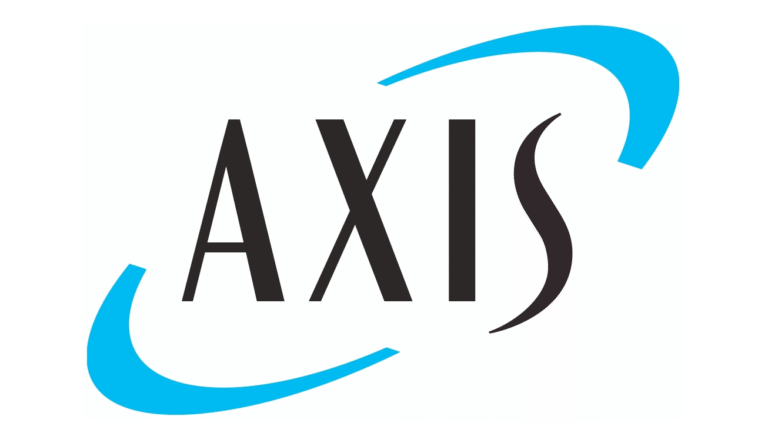
KBRA currently expects moderate weather-related loss activity, noting that, absent a particularly severe event, most insurers should be able to absorb storm-related losses through earnings or surplus without significantly affecting their overall claims-paying ability.

KBRA highlighted that markets exposed to severe weather—particularly Florida—have seen a dramatic shift in the insurer/reinsurer dynamic. Following the soft reinsurance market of the 2010s, reinsurers have significantly raised prices, tightened terms and conditions, and refined their risk appetite. As a result, primary insurers are retaining more weather-related losses on a net basis, prompting larger firms to partially or fully withdraw from high-risk areas, re-underwrite their portfolios, or reduce coverage through higher deductibles.
Population growth in Florida and other Southeastern states is increasing exposure to hurricane losses, with a significant number of homes expected to be built over the next five years in these rapidly growing regions. Longer fire seasons and drier conditions have amplified wildfire risk in vulnerable areas.
In addition, impacts from severe convective storms (SCS) are spreading beyond the traditional Midwest and Texas regions.
KBRA reports that both traditional and emerging catastrophe-modelling firms have enhanced their secondary-peril modelling capabilities and incorporated recent loss events into their datasets. Nonetheless, secondary-peril modelling continues to face challenges compared with forecasting hurricane losses.
Following the California wildfires in January 2025, the state has accepted the use of third-party modelling in rate filings—a development expected to further drive investment in next-generation modelling tools.
Historically, insurers have managed weather-related losses through indemnity-based reinsurance programs with traditional reinsurance capital. However, alternative risk transfer solutions, including parametric coverage and nontraditional reinsurance capacity such as insurance-linked securities (ILS), continue to expand.
KBRA’s ratings of property/casualty insurers will continue to consider how companies assess evolving risk profiles, leverage rapidly developing models, and prudently utilise risk transfer.





